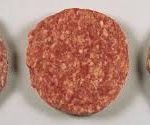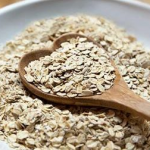Better Than Chocolate: How is Food Made? by Barb Ingham
A new article from the Center for Food Integrity (CFI) argues that what consumers want more than chocolate is transparency; consumers want to know where there food comes from and how it’s made. On this Valentine’s Day, arguing against chocolate might be a hard sell, but CFI does point to efforts by […]
Read More...













